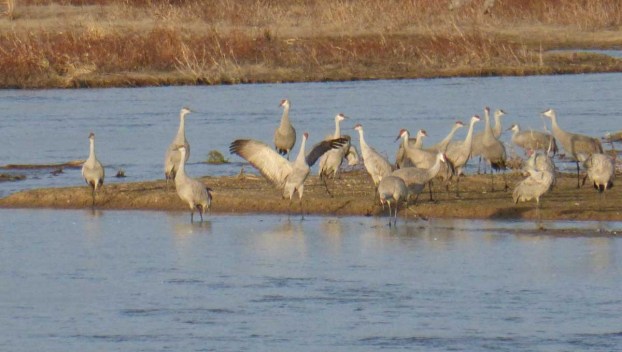
Cnhi Network
TRAVEL COLUMN: Crane migration brings splendor to Nebraska flyway
The Platte River Valley served as a pathway for several hundred thousand pioneers who made the long trek ... Read more

The Platte River Valley served as a pathway for several hundred thousand pioneers who made the long trek ... Read more

The Platte River Valley served as a pathway for several hundred thousand pioneers who made the long trek ... Read more